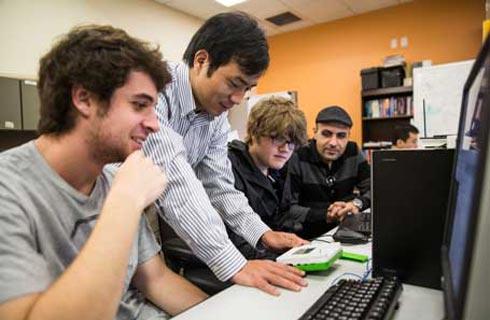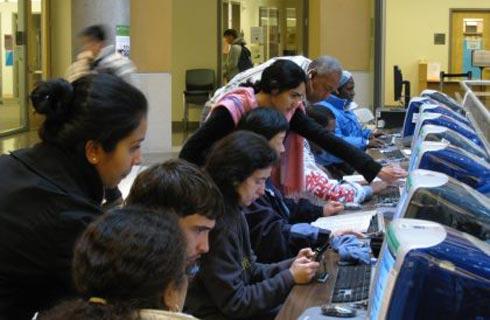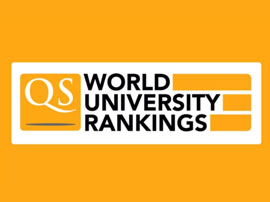Master of Science in Chemistry - Biophysical

学历文凭
Masters Degree

专业院系
Department of Chemistry and Biochemistry

开学时间

课程时长

课程学费

国际学生入学条件
Complete a four-year college course of study and hold an acceptable baccalaureate degree from a regionally accredited institution by the end of the summer term prior to Fall enrollment or the end of the Fall semester for Spring enrollment.
Be in good standing at the last college or university you attended.
Meet the minimum GPA requirements for admission to the university. This can be met in any of the following ways:
Hold an advanced degree
Hold a baccalaureate degree with a cumulative GPA of at least 2.5. (No Rounding)
Hold a baccalaureate degree with a GPA of at least 2.5 (No Rounding) in the last 60 semester or 90 quarter units you attempted, excluding lower-division and/or extension coursework attempted after the baccalaureate degree.
Complete the online application as either a Graduate or International applicant. Please initiate requests for 3 letter writers to upload recommendation letters on your behalf to CalStateApply.
Have official copies of your undergraduate transcript(s) sent to CSULB Enrollment Services.
Taking General GRE is optional, if taken, send official test scores to CSULB
TOEFL iBT - 80 and TOEFL PBT - 550
IELTS - 6.0
IDP—雅思考试联合主办方

雅思考试总分
6.0
- 雅思总分:6
- 托福网考总分:80
- 托福笔试总分:550
- 其他语言考试:Pearson Test of English - 58
CRICOS代码:
申请截止日期: 请与IDP联系 以获取详细信息。
课程简介
相关申请
 预科
预科 奖学金
奖学金 实习机会
实习机会 在校学习
在校学习 跨境学习
跨境学习 校园授课-线上开始
校园授课-线上开始 在线/远程学习
在线/远程学习
开学时间&学费
学费信息仅供参考,请与IDP联系以获取详细信息
| 开学时间 | 时长 | 学费 | 地点 |
|---|
本校相关课程

艺术学学士-工作室艺术
学历文凭
Bachelor Degree
开学日期
课程费用总额


艺术学士-艺术史
学历文凭
Bachelor Degree
开学日期
课程费用总额


艺术学士-艺术教育
学历文凭
Bachelor Degree
开学日期
课程费用总额


Bachelor of Fine Arts in Art - 3D Media (Fiber, Metal or Wood)
学历文凭
Bachelor Degree
开学日期
课程费用总额


Bachelor of Fine Arts in Art - Ceramics
学历文凭
Bachelor Degree
开学日期
课程费用总额


Bachelor of Fine Arts in Art - Drawing and Painting
学历文凭
Bachelor Degree
开学日期
课程费用总额

其他相关课程

生物化学理学士(荣誉学位)
 滑铁卢大学
滑铁卢大学学历文凭
Bachelor Degree with Honours
开学日期
课程费用总额


生物分子科学哲学博士
 劳伦森大学
劳伦森大学学历文凭
Ph.D.
开学日期
课程费用总额


生物化学理学学士
 劳伦森大学
劳伦森大学学历文凭
Bachelor Degree with Honours
开学日期
课程费用总额


生物化学与分子生物学理学学士
 达尔豪斯大学
达尔豪斯大学学历文凭
Bachelor Degree
开学日期
课程费用总额


生物化学理学学士
 温尼伯大学
温尼伯大学学历文凭
Bachelor Degree
开学日期
课程费用总额


生物化学与分子生物学理学学士
 特伦特大学
特伦特大学学历文凭
Bachelor Degree
开学日期
课程费用总额










 美国
美国
